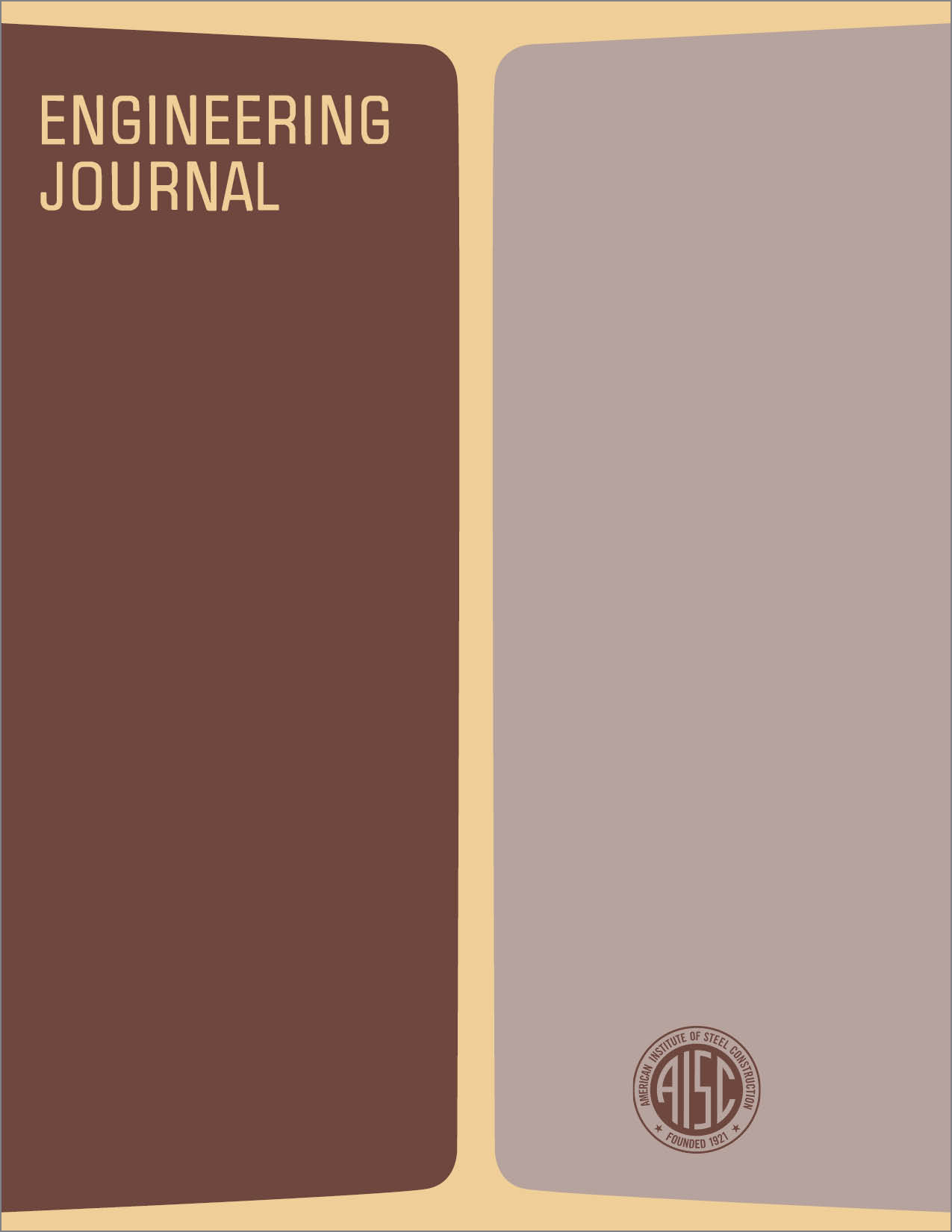Acceptability Criterion for Occupant-Induced Floor Vibrations
DOI:
https://doi.org/10.62913/engj.v18i2.359Abstract
Improved methods of construction and design, which make use of materials with low weight-to strength ratios, may make large floor areas, free of partitions, susceptible to transient vibrations induced by small impacts such as human footfalls. Under certain circumstances these vibrations can be very annoying to occupants of buildings. Since the occupants are both source and sensor, the vibration cannot be isolated as with mechanical equipment and must be controlled by the structural system. In the past, it was possible for the structural designer to safely overlook these vibrations for two reasons. The first and most important is that the vibrations have no effect on the structural integrity of the building. Occupant induced vibrations are so small (initial amplitude from 0.005 to 0.08 in.) they may be ignored structurally. Second, the vibrational response of older floor systems is usually negated by damping in the heavy structural floor system or that associated with closely spaced partitions. If the response of the completed floor system is such that occupants are uneasy or annoyed, the intended use of the building can be radically affected. The writer is aware of the closing of a new department store because of uncomfortable floor motion and of the complete loss of secretarial efficiency in a new office building due to occupant induced floor vibration. Correcting such situations is usually very difficult and expensive, and success has been limited. Equally important is the tremendous waste of material in trying to prevent the problem. Most structural designers are acutely aware of potential floor vibration problems, but, until very recently, guidelines were not available to aid in the determination of the suitability of a proposed floor system. As a consequence, design tends to be overly conservative, resulting in heavier than necessary floor systems. The unneeded material in the floor system causes a pyramiding effect because additional material is required in the remaining structural system and foundations to support the added weight. Various scales for determining the acceptability of steel beam- and steel joist-concrete slab floor systems subject to occupant-induced floor vibrations have been reviewed and compared. The scales were shown to be inconsistent and, in general, to underestimate the strong dependence of acceptability on damping. A new criterion, based on experimental results from 91 floor systems, was presented. The proposed criterion is strongly dependent on damping and is suitable for design office use for evaluating the acceptability of steel beam or joist-concrete slab floor systems subject to occupant-induced vibrations.

